You’ve heard about oil spills on the news or maybe read about the cleanup in the newspaper, but did you know you could learn about ocean pollution right at home or in the classroom? This big idea is made tangible for kids with this easy oil spill experiment. This eye-opening oil spill activity will sure to be a hit with your kids, ocean science never goes out of style!
OIL SPILL CLEANUP EXPERIMENT FOR KIDS
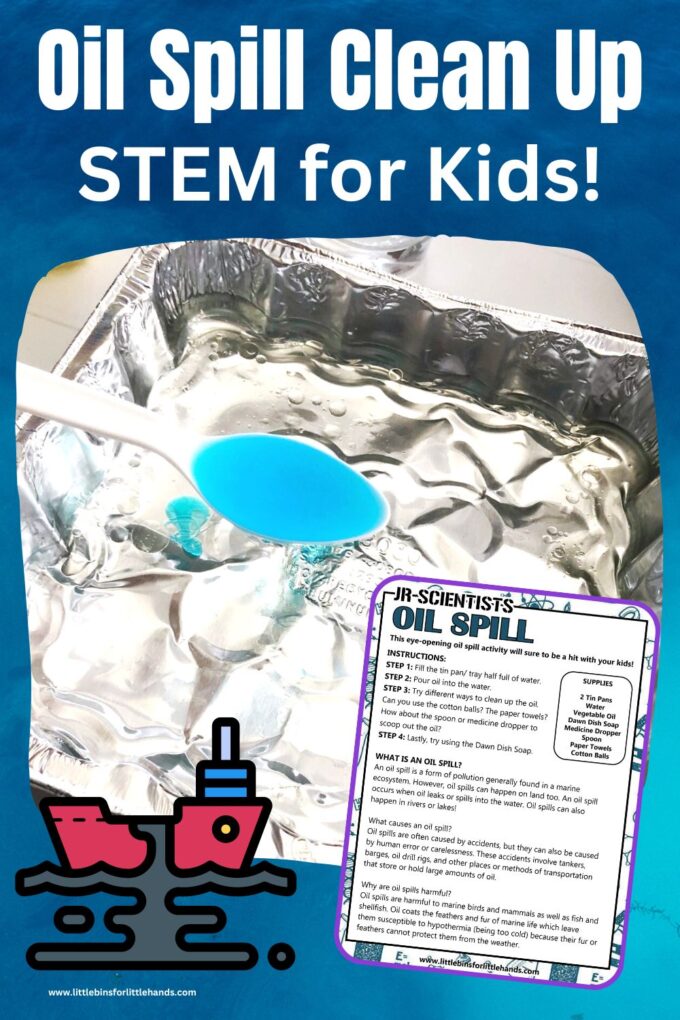
Ocean Pollution
Add this oil spill lab to your ocean lesson plans year. Learn more about ocean pollution as you create your own oil spill model and try to find ways to clean up the oil.
While you’re at it, make sure to check out these other fun ocean science activities!
Our science experiments are designed with you, the parent or teacher, in mind! Easy to set up, quick to do, most activities will take only 15 to 30 minutes to complete, and are fun! Plus, our supplies lists usually contain only free or cheap materials you can source from home!
This oil spill activity might get a bit messy but then again oil spills are a messy topic too! Use this oil spill demonstration with your kids to express the importance of caring for our natural resources. You can also check out these simple ocean activities for younger kids.
Watch the Video!
What is an Oil Spill?
An oil spill is a form of pollution generally found in a marine ecosystem. However, oil spills can also happen on land. They occur when oil leaks or spills into the water, such as rivers or lakes!
In the oil spill experiment, you will add the oil into a water tray representing the marine environment.
What causes an oil spill?
Accidents often cause oil spills, but they can also be caused by human error or carelessness. These accidents involve tankers, barges, oil drill rigs, and other places or methods of transportation that store or hold large amounts of oil.
Why are oil spills harmful?
Oil spills are harmful to marine birds, mammals, fish, and shellfish. Oil coats the feathers and fur of marine life, leaving them susceptible to hypothermia (being too cold) because their fur or feathers cannot protect them from the weather.
Additionally, an oil spill can contaminate the food supply or food chain. Marine mammals that eat fish or other food exposed to an oil spill may be poisoned by oil.
How to Clean Up an Oil Spill
Below, you will try several ways to clean up the oil spill, including Dawn dish soap.
I’m sure we have all seen the commercials for Dawn dish soap and how it’s helped clean thousands of animals affected by oil spills, but how does it do that? Soap breaks up the oil into smaller drops that can mix with the water and rinse away.
The chemistry behind soap is the key! Each end of the soap is made of different molecules. One end hates water (hydrophobic), and the other loves water (hydrophilic).
The oil is then broken up into tinier droplets and is no longer one big clump, it’s easier to remove!
The chemicals that clean actual oil spills work similarly to dish soap but on a bigger lever. You can read more about various oil spill clean up methods here.
How to Set Up an Oil Spill Experiment
Gather the following supplies and get started. This could get a little messy!
SUPPLIES:
- 2 Tin Pans
- Water
- Vegetable Oil
- Dawn Dish Soap
- Medicine Dropper
- Spoon
- Paper Towels
- Cotton Balls
Other options to try include a very fine mesh strainer or cheesecloth!
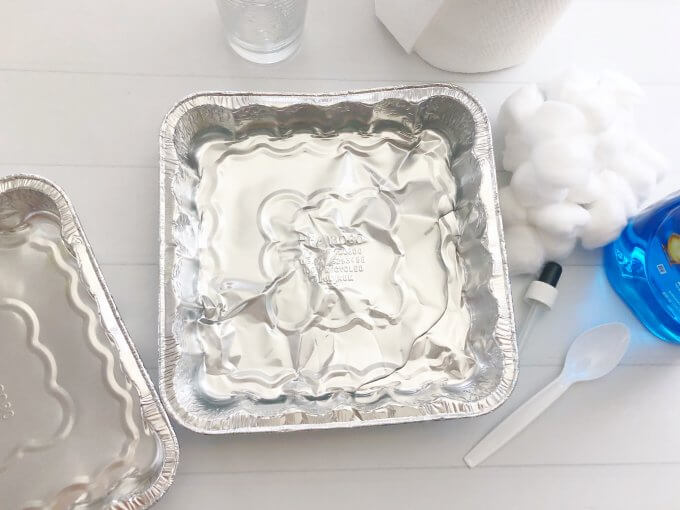
Oil Spill Cleanup Activity Set Up:
STEP 1: Fill the tin pan/ tray half full of water.
STEP 2: Pour oil into the water.
STEP 3: Try different ways to clean up the oil.
- Can you use cotton balls?
- How about paper towels?
- Did you try the spoon or medicine dropper to scoop out the oil?

STEP 4: Lastly, try using the Dawn Dish Soap.
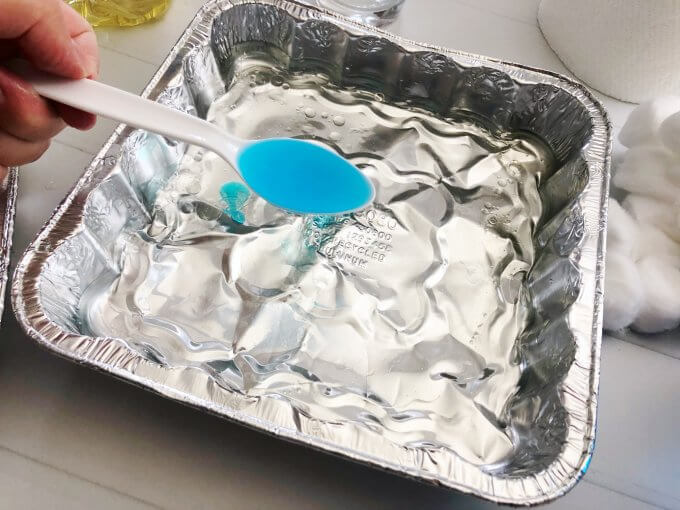
Extend the Activity – Adapt for Ages
Young Children (Ages 3-6):
Simplified Explanation: Use language appropriate for their age to provide a simple explanation of oil spills and why they’re harmful to animals and the environment.
Hands-On Exploration: Allow them to explore the materials freely, focusing more on sensory exploration rather than structured cleanup.
Guided Assistance: Offer assistance and guidance as they experiment with different tools. Focus on developing basic motor skills and fostering curiosity.
Creative Expression: Encourage imaginative play and storytelling about cleaning up the “ocean” and saving the “animals”.
Short Attention Spans: Keep the activity short and engaging, as younger children may have shorter attention spans.
Elementary School Children (Ages 6-12):
Educational Discussion: Provide a more detailed explanation of oil spills and their environmental impact, using age-appropriate language. Discuss concepts like pollution and conservation.
Structured Cleanup: Introduce specific challenges or goals for cleanup, such as using only specific tools or cleaning up within a time limit.
Problem-Solving: Encourage critical thinking and problem-solving as they experiment with different cleanup methods. Ask questions to prompt thinking, like “Why do you think this tool is effective?” or “How can we prevent spreading the oil?”
Teamwork: Foster teamwork by pairing children up or having them work in small groups to clean up the oil spill together.
Reflection: After the activity, discuss what the students learned and how they can apply it to real-life situations. Use our questions for reflection!
TIP: For older kids, you can also have graduated cylinders available. Measure the oil into the cylinder before pouring it into the water. Then, have them use a spoon to collect the same amount of oil and put it back into the cylinder.
Set a timer and see how much oil is recollected at the end of the given time!
CHALLENGE: What other ways can the kids come up with to remove the oil from the pan?
Oil Spill Science Projects
Do you want to turn this oil spill experiment into a science fair project? Check out these helpful resources below.
Turn this science experiment into a fantastic presentation about the best oil spill clean up method along with your hypothesis. Learn more about the scientific method for kids and variables in science.
Click here for your FREE Printable Ocean Activities
Learn More About Our Oceans
- Beach Erosion Activity
- Stormwater Runoff Project
- How Do Whales Stay Warm?
- Ocean Acidification: Seashells In Vinegar Experiment
- Fun Facts About Narwhals
- Ocean Currents Activity
- Layers of the Ocean
Printable Ocean STEM Project Pack
Check out The Complete Ocean Science and STEM Pack in our SHOP!
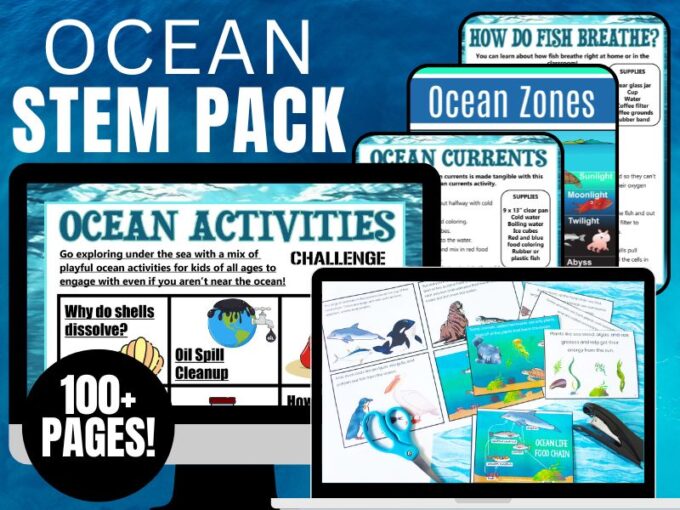
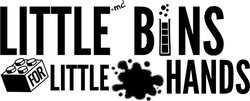

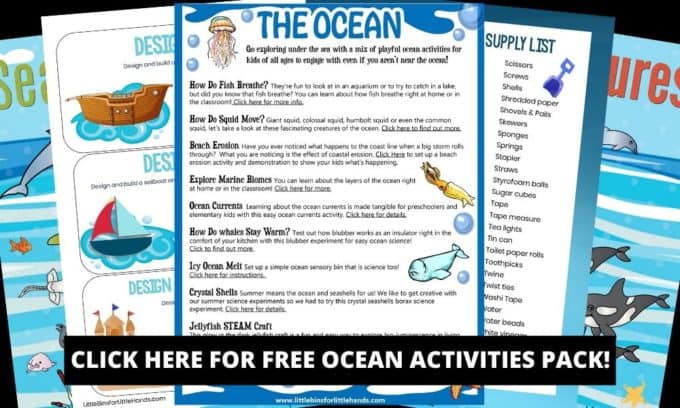
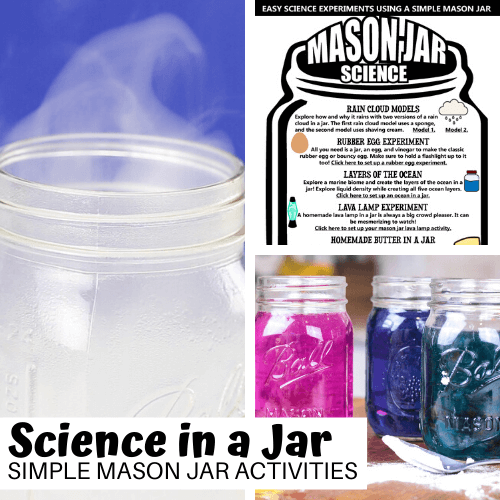
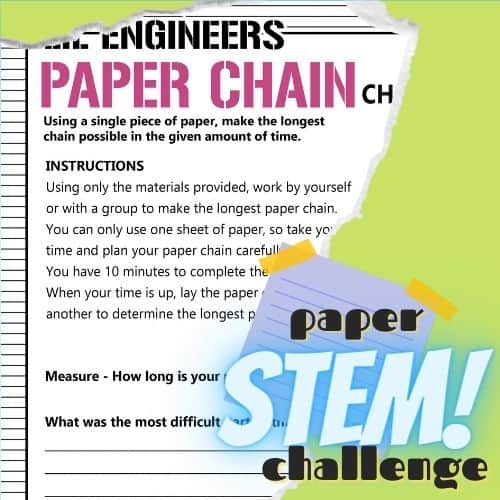
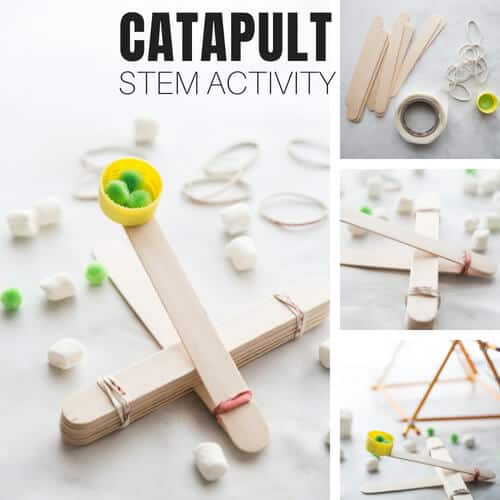
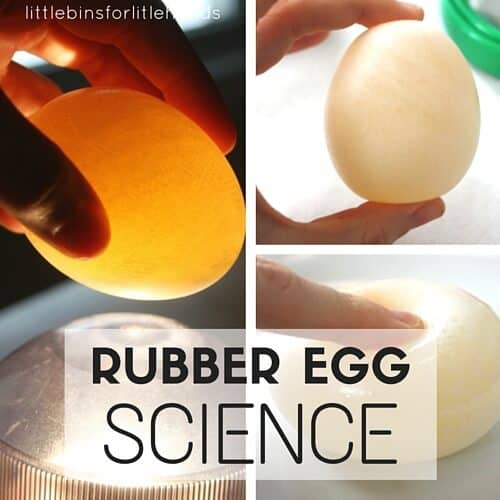
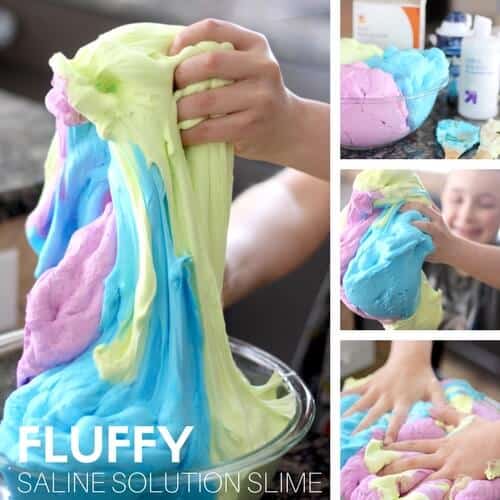
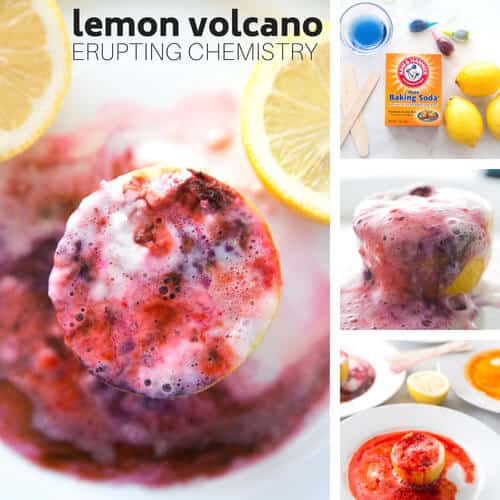
2 Comments
Comments are closed.